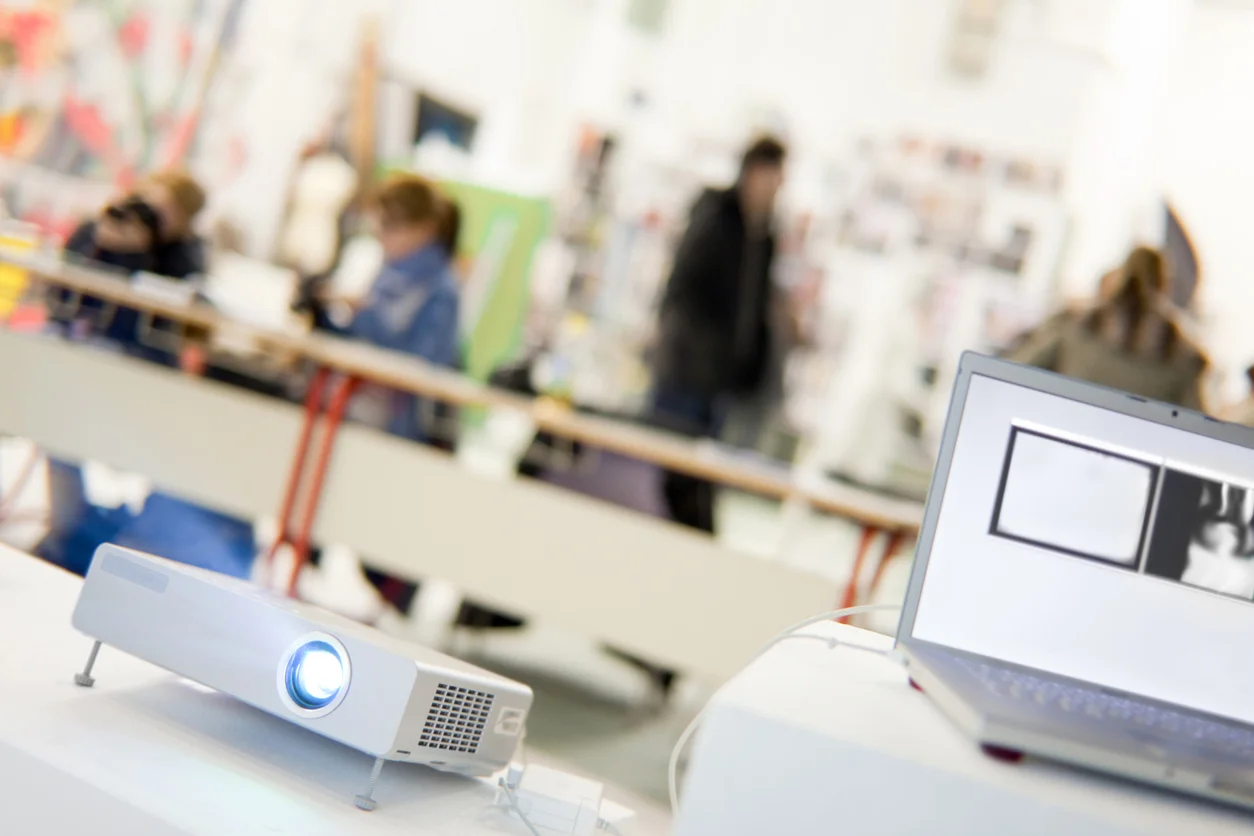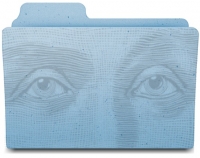This article is perfect if you have just bought a Mac & you're unsure what to do with your new machine. Network administrators who have to create an 'image' for their company or school will also find this interesting. When you create an image which will be duplicated across 100's of machines in your organisation you need to be sure that you provide a flexible set-up that caters for every possible outcome. All of these points below should be considered when creating a clean start or image.
-
Run System update from the Apple menu.
-
Always set the clock so that the dividers : between the numbers flash.
This quick trick is an easy way to see if the system has encountered an irrecoverable crash. If you're having issues & those dividers are not flashing you will have to hold down the start button until the machine shuts down. You may also wish to display the date.
-
Remove around 3 gigs of unneeded language files fom your system.
Monolingual is a great 3rd party tool to do this for if you are not confident doing it manually. I highly recommend monolingual, it is a free download so please check it out.
-
Screen real estate is vital.
Ensure that 'automatically hide and show the dock' is selected in the Dock preferences. Keeping the dock out of sight will allow 13" macbook screens to use their full 800 pixel depth all the time.
-
Enable right click for the mouse.
There is nothing more annoying then plugging in a mouse only to find that the 'right click' doesn't work. Â It is listed as secondary click in the Mouse Preferences.
-
Do not enable either Spaces or Expose.
This will only lead to confusion for the user, especially if they are a beginner. Once the user becomes familiar with 'active screen corners' and why expose or Spaces will be beneficial for them allow them to enable these features.
-
Disable Automatic Login.
You will find this in the Accounts/Login Options, this is vital for security.
-
Network Locations!
Assuming that your organisation runs behind certain proxies you will need to enter those network settings to allow access. Or indeed for home users you may find yourself regularly visiting a location where you are always entering an 802.1x authentication which just don't need when accessing you home network. Create 2 different locations in the network settings menu. You can quickly swap the location from the Apple menu.
-
Install Firefox.
Between Fifox & Safari you should be able to render any part of the Internet correctly. Surprisingly the are many tasks which only Fifefox can perform properly online. You'll know when you'll need it.
-
Downlaod & install Flip for Mac.
This will allow you to run most .wma & .wmv (normally reserved for Microsoft platforms) files. You may also want to consider installing VLC player. This way any video formats that QuickTime cannot play should be covered by VLC.
- Set your system Language to British or Austaralian English if needed! Check this tutorial for more on the that
-
Click on the Finder menu & choose Preferences.
Click the Sidebar menu. If you are just not going to be using the Mobile Me service uncheck the iDisk device.You may wish to further customise the Finder window from here. Â For more on the Finder check out this article.
-
Ensure that PDF documents are opening with Adobe Acrobat Pro (if you have it installed)
Select a PDF document and press command I. In the information window that opens see that 'Open with' has Adobe Acrobat Pro selected. Then click 'Change all'.
Ok so I listed 13 things not 10! But please do have a look into each one of these points after you purchase a new Mac. And definitely consider all of them before rolling out a new disk image for your organisation. Have I missed anything? Please add your tips below...








